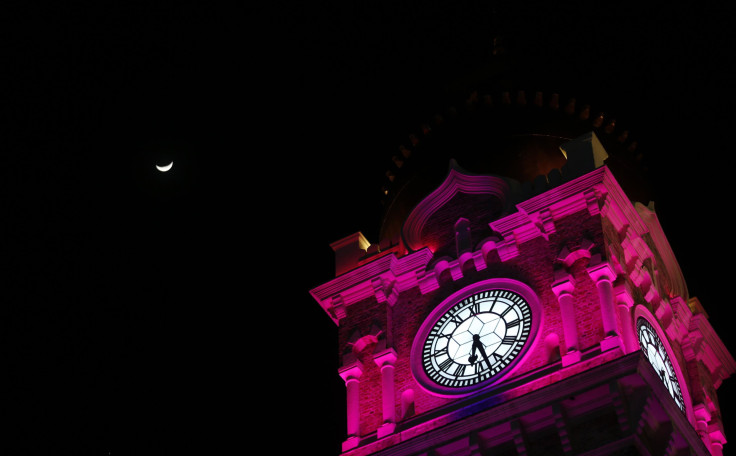How Is Daylight Saving Time Bad For Health? Tips To Avoid Risks

The daylight saving time, which began 2 a.m. Sunday, marks the unofficial beginning of spring wherein we "spring forward" an hour. Some believe that daylight saving time was brought up by farmers for themselves, but according to the History Channel it was actually accepted by the U.S. as a wartime move in 1918 after the Germans did the same in 1916.
"Agrarian interests led the fight for the 1919 repeal of national daylight saving time, which passed after Congress voted to override President Woodrow Wilson’s veto. Rather than rural interests, it has been urban entities such as retail outlets and recreational businesses that have championed daylight saving over the decades," History Channel pointed out.
Read: When And Why Do You 'Spring Forward' Your Clocks?
However, this biannual time changing ritual might have serious implications on your health. Besides loss of sleep, there could be more serious risks like car accidents, heart attacks and strokes.
The sudden time change can often lead to disruptions in your regular sleep cycle. The human body needs time to adjust to the phenomena and as one tries to go to sleep early, it might lead to restlessness through the night and result in sleepiness the following day. Americans lose 40 minutes of sleep during daylight saving time on an average. Studies have found that sleep-deprived humans are likely to have more irritability and mood swings.
A study published in the American Economic Journal in April 2016 showed that there was a significant increase of about 6 percent in the number of car crashes after time change than before.
"Many Americans are sleep deprived and when starting with chronically low levels of sleep, even a small reduction can have serious consequences," Austin Smith, an economics professor at Miami University's Farmer School of Business, told CBS News.
Another 2016 study on the risks of stroke during daylight saving time discovered that the rate of stroke increased by 8 percent within two days of the time change. During this time, cancer victims were 25 percent more susceptible to have a stroke and people over the age of 65 years were 20 percent more prone to strokes than others.
"Stroke risk is highest in the morning hours," Dr. Jori Ruuskanen, study author from the University of Turku, said in an email to CNN. "Previous studies have also shown that the disruption of the circadian clock due to other reasons (e.g. due to rotating shift work) and sleep fragmentation are associated with an increased risk of stroke. What is common in these situations is the disturbed sleep cycle, while the immediate mechanisms for the increased risk are unknown at the moment."

Charles A. Czeisler, an American physician and sleep researcher, has provided tips that can help you adjust with the time change and thus decrease your chances of health risks associated with time transitions.
Some of his tips include practicing going to bed early and waking up a little earlier than your regular schedule so that your body gets prepared for the time transition. Exposing yourself to sunlight as soon as you wake up could help reset your body clock and adjust accordingly. A few days prior to the time change and also following it, you should try and avoid caffeine or equally stimulating products because those could affect your sleep more. It is always better to be safe than sorry, so avoid driving as far as possible when you are sleep deprived around the days of time change.
© Copyright IBTimes 2024. All rights reserved.






















